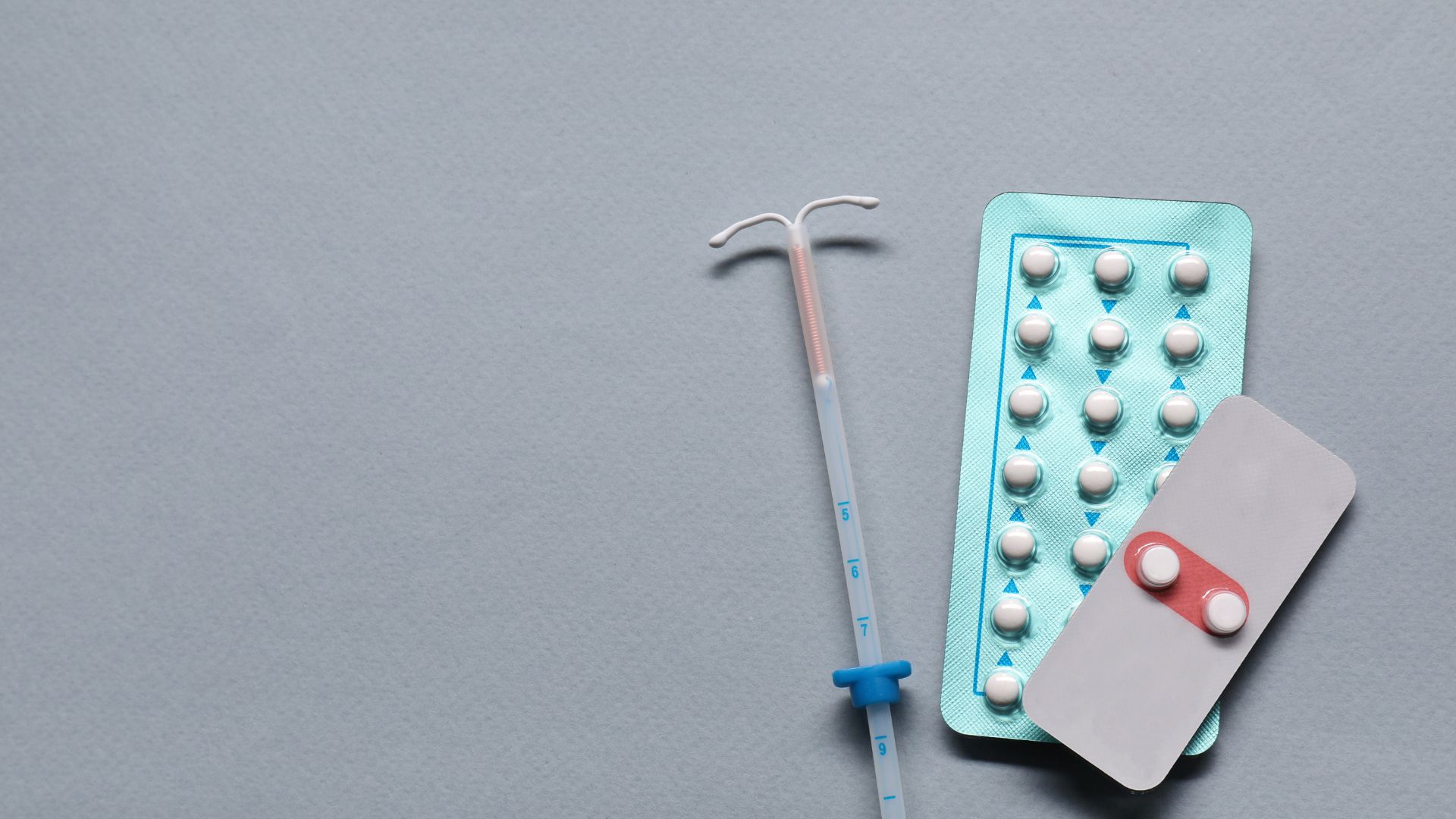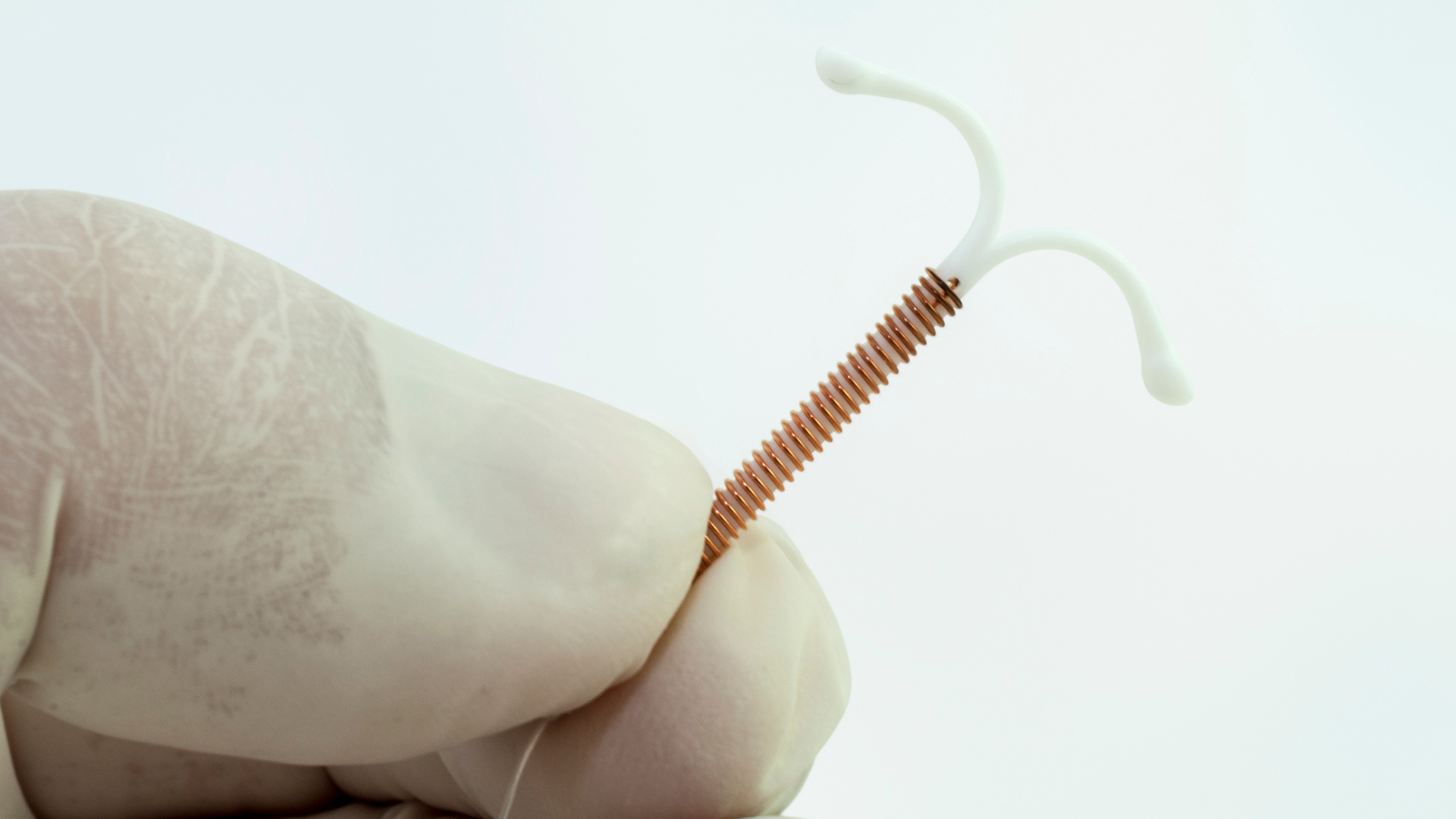
Intrauterine devices (IUDs) are a popular choice for long-term contraception, with around 23% of women globally choosing this treatment. These devices offer a low-maintenance option for preventing pregnancy, making them an appealing choice for many.
Jaydess and Mirena are two hormonal IUDs that provide effective contraception, but they differ in hormone dosage, size, and duration. Understanding these differences can help individuals choose the best option for their needs and preferences.
In this article, we will explore the key features and differences between Jaydess and Mirena, providing the information needed to make an informed decision.
Key Takeaways
- Jaydess and Mirena are both intrauterine devices (IUDs) designed for long-term contraception, but they have some key differences.
- Jaydess is a smaller IUD that releases a lower dose of the hormone levonorgestrel, effective for up to 3 years, and is known for its ease of insertion and lower incidence of hormonal side effects.
- Mirena is a larger IUD that releases a higher dose of levonorgestrel, providing contraception for up to 5 years and is also used to treat heavy menstrual bleeding.
- Both Jaydess and Mirena primarily thicken the cervical mucus, preventing sperm from reaching the egg and thin the lining of the uterus, making them highly effective forms of long-acting reversible contraception.
About: DoctorMedica is your trusted supplier of top-quality dermal fillers, viscosupplements, and more for your medical practice. We offer genuine products from leading brands at the lowest prices in the market. If you’re looking to buy Jaydess wholesale for your practice, the sales representatives at Doctor Medica can give you guidance.
Introduction to Jaydess and Mirena
Jaydess and Mirena are both intrauterine devices (IUDs) designed for long-term contraception, but they have some key differences.
- Jaydess is a smaller IUD that releases a lower dose of the hormone levonorgestrel. It is effective for up to 3 years and is often chosen by women who prefer a smaller device or who have not had children. Jaydess is known for its ease of insertion and lower incidence of hormonal side effects compared to other IUDs.
- Mirena is a larger IUD that releases a higher dose of levonorgestrel. It provides contraception for up to 5 years and is also used to treat heavy menstrual bleeding. Mirena is highly effective and can significantly reduce menstrual flow, making it a popular choice for women seeking both contraception and menstrual management.
Composition and Mechanism of Action

Jaydess and Mirena are both intrauterine devices (IUDs) that release the hormone levonorgestrel, but their composition and dosage differ.
- Jaydess is a smaller, T-shaped plastic device containing 13.5 mg of levonorgestrel. It initially releases approximately 14 micrograms per day, decreasing to about 5 micrograms per day over three years.
- Mirena is a larger, T-shaped plastic device that contains 52 mg of levonorgestrel. It releases a higher dose of the hormone, starting at about 20 micrograms per day and decreasing to about 10 micrograms per day over five years.
Mechanism of Action
Both Jaydess and Mirena work primarily by thickening the cervical mucus, which prevents sperm from reaching the egg. They also thin the lining of the uterus, making it less suitable for implantation, and in some cases, they can inhibit ovulation. These mechanisms make them highly effective forms of long-acting reversible contraception (LARC).
Clinical Efficacy

Jaydess reviews have proven its clinical efficacy rate of over 99% in preventing pregnancy. It releases a lower dose of levonorgestrel, which thickens the cervical mucus, creating a barrier that prevents sperm from reaching the egg. Additionally, Jaydess thins the endometrial lining, making it less suitable for implantation.
Mirena also boasts a clinical efficacy rate of over 99%. It releases a higher dose of levonorgestrel, which thickens the cervical mucus and thins the endometrial lining and can also inhibit ovulation in some women. This multifaceted approach makes Mirena effective for up to 5 years. Additionally, Mirena is often chosen for its added benefit of reducing heavy menstrual bleeding, providing both contraceptive and therapeutic benefits.
Benefits and Drawbacks
| Benefits | Drawbacks | |
| Jaydess | Lower Hormone Dose Smaller Size Effective for 3 Years Lighter Periods | Shorter Duration Higher Cost Per Year |
| Mirena | Longer Duration Effective for Heavy Periods Highly Effective | Higher Hormone Dose Larger Size |
Factors to Consider

When deciding between Jaydess and Mirena, several factors should be considered.
Hormone Dosage
- Jaydess: Releases a lower dose of levonorgestrel, approximately 14 micrograms per day initially, decreasing to about 5 micrograms per day over three years.
- Mirena: Releases a higher dose of levonorgestrel, starting at about 20 micrograms per day, decreasing to about 10 micrograms per day over five years.
Duration of Effectiveness
- Jaydess: Jaydess can prevent pregnancy for up to 3 years, making it an excellent choice for those looking for a shorter-term contraceptive option compared to others. This means you get effective birth control without needing daily action or regular doctor visits just for contraceptives.
- Mirena: Mirena works for up to 5 years to prevent pregnancy. It can also protect the endometrium for four years. Some guidelines say Mirena’s protection may also last five years for the endometrium.
Common Side Effects
- Jaydess: May cause irregular bleeding, headaches, breast tenderness, and acne. These side effects often diminish over time.
- Mirena: Similar side effects to Jaydess, but may also include a higher incidence of hormonal side effects due to the higher hormone dose.
Cost Comparison
- Jaydess: Generally costs around $290+.
- Mirena: Typically costs around $350+
Conclusion
Jaydess and Mirena are both highly effective and long-lasting options for birth control. Jaydess provides reliable contraception for up to 3 years, while Mirena offers protection for up to 5 years. Each has its own set of benefits and drawbacks, making them suitable for different needs and preferences.
Ultimately, the best choice depends on your individual health needs and lifestyle. Discussing your options with a healthcare provider is important to determine which IUD is the most appropriate for you.
FAQs
1. What are Jaydess and Mirena?
Jaydess and Mirena are two types of intrauterine devices (IUDs) used for birth control.
2. How do Jaydess and Mirena compare in terms of effectiveness?
Both IUDs, Jaydess and Mirena, have proven highly effective as a form of contraception, but a more specific comparison may require consultation with a medical professional.
3. Are there any significant differences between the side effects of Jaydess vs Mirena?
While both IUDs could potentially cause similar side effects – such as irregular menstrual cycles or discomfort, the intensity might vary from person to person. It’s always best to discuss these potential risks with your healthcare provider.
4. Can either Jaydess or Mirena be removed at any time?
A healthcare professional can remove both Jaydess and Mirena when needed. However, keep in mind that contraceptive protection stops once they’re taken out.
References
Medsafe. (n.d.). Jaydess intrauterine delivery system (IUD) datasheet. https://medsafe.govt.nz/profs/datasheet/j/jaydessIVD.pdf
Gemzell-Danielsson, K., Kubba, A., Caetano, C., Faustmann, T., Lukkari-Lax, E., & Heikinheimo, O. (2021). Thirty years of mirena: A story of innovation and change in women’s healthcare. Acta obstetricia et gynecologica Scandinavica, 100(4), 614–618. https://doi.org/10.1111/aogs.14110
Nelson, A. L., & Massoudi, N. (2016). New developments in intrauterine device use: focus on the US. Open access journal of contraception, 7, 127–141. https://doi.org/10.2147/OAJC.S85755
Related Articles
Joanna Carr
The 5 Types Of Wrinkles Explained: Dynamic, Compression, And More
Have an interest in learning about The Explanation Of 5 Types Of Wrinkles; Dynamic, Compression, And More? Browse Doctor Medica's extensive archive of...
Joanna Carr
Radiesse Filler: A Versatile Injectable
Interested in learning more about Radiesse Filler, A Versatile Injectable? Browse Doctor Medica's comprehensive archive of blog posts.
Joanna Carr
PRX-T33 Aftercare for Optimal Results
Learn the essential aftercare steps following PRX-T33 treatment to enhance skin rejuvenation, minimize irritation, and maintain long-lasting results.


